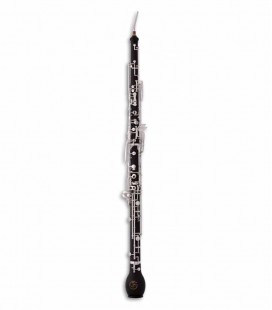€3,630.00
This instruments is ideal for oboe players that want to own their own conservatoire system english horn. Blends in perfectly in philharmonic bands and orchestras. Silver plated keys and adjustable thumb rest. Includes...

 Immediate availability
Immediate availability


